Cycling demands endurance, focus, and sustained energy. But between training, work, and daily life, many cyclists struggle with fatigue, sluggishness, and low motivation. The good news? You don’t need a gym, expensive gear, or drastic lifestyle changes to feel more energized. This 10-day, equipment-light plan is designed specifically for cyclists who want to boost energy naturally, improve recovery, and ride stronger—without adding more stress.
Cycling is both physically and mentally taxing. Long rides deplete glycogen stores, strain muscles, and challenge the nervous system. Without proper recovery and daily energy management, performance plateaus and burnout creeps in. This 10-day plan targets three key areas:
Each day introduces one simple, science-backed habit that requires minimal time or equipment—perfect for busy cyclists.
Start your day with 16 oz (500ml) of water. Add a pinch of salt and lemon if desired. Dehydration reduces blood volume and oxygen delivery—critical for cyclists. Morning hydration kickstarts metabolism and supports cognitive function.

Perform dynamic stretches: leg swings, hip circles, cat-cow, and ankle rolls. This increases blood flow, improves joint range of motion, and prepares your body for riding—especially after sitting or sleeping.
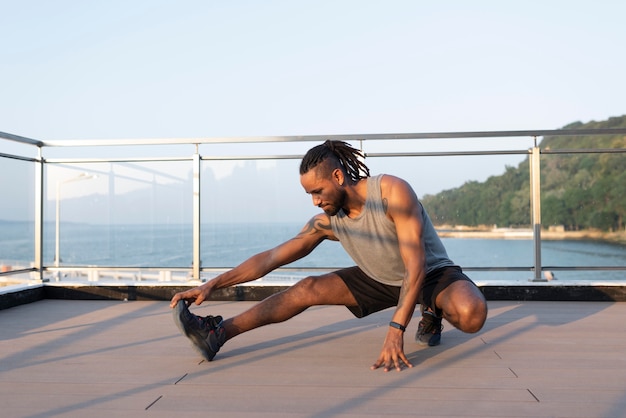
Include 20–30g of protein in your first meal (e.g., eggs, Greek yogurt, protein smoothie). Protein stabilizes blood sugar, reduces mid-morning crashes, and supports muscle repair—essential after long or intense rides.
A short walk after eating—especially after a carb-heavy meal—helps regulate blood glucose and improves insulin sensitivity. This prevents energy spikes and crashes, keeping your stamina steady.
Consciously breathe through your nose during low-intensity cycling. This increases CO₂ tolerance, improves oxygen uptake, and enhances aerobic efficiency—key for endurance performance.
Do 2 sets of: 10 squats, 10 lunges (each leg), 10 push-ups, and a 30-second plank. Strength training improves pedal power, joint stability, and injury resilience—even without weights.
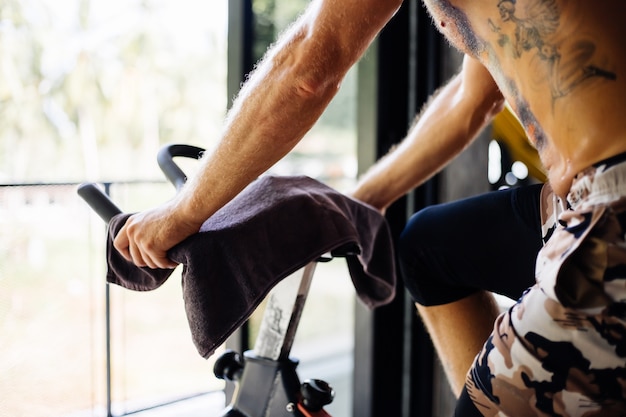
Blue light disrupts melatonin production, delaying sleep onset. Quality sleep is non-negotiable for recovery, hormone balance, and next-day energy. Read a book or stretch instead.
Colorful vegetables provide antioxidants and phytonutrients that reduce oxidative stress from training. Add spinach to your smoothie or roast extra veggies with dinner.
Splash cold water on your face or take a 30-second cold shower. This activates the vagus nerve, reduces inflammation, and boosts alertness—great post-ride or in the morning.
Spend 10 minutes journaling: What felt easier? What gave you energy? Which habits will you keep? Reflection reinforces progress and builds long-term motivation.
Life isn’t linear—and neither should your energy plan be. Here’s how to adapt:
Energy isn’t just about calories or caffeine—it’s about how well your body manages stress, recovers, and fuels performance. This 10-day plan gives cyclists a practical, low-effort way to build habits that compound over time. You’ll likely notice sharper focus, faster recovery, and more consistent energy—both on and off the bike.
The best part? These habits are sustainable. You don’t need more time—just better use of the time you have. Start today, and ride stronger tomorrow.

Fitness

Fitness

Fitness

Fitness

Fitness

Wellness

Wellness

Wellness
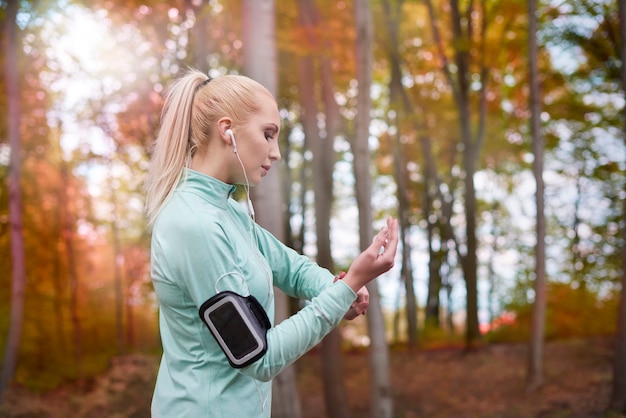
Wellness
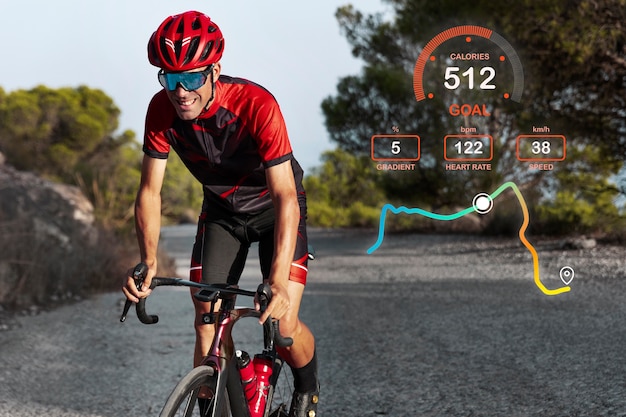
Fitness
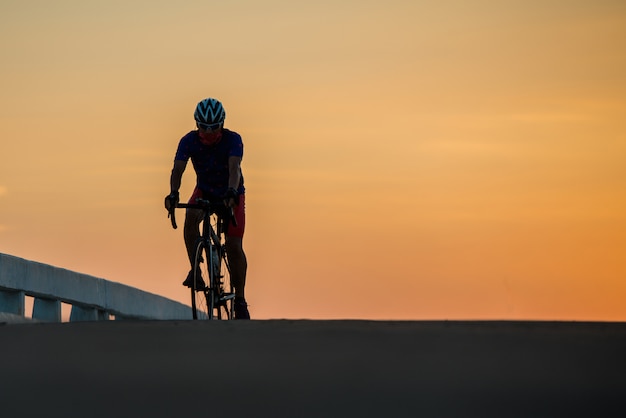
Fitness
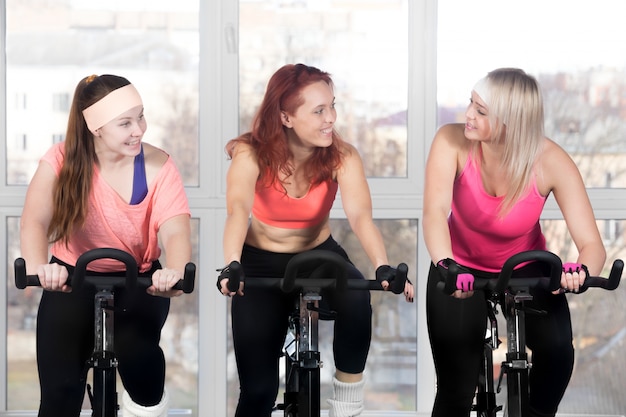
Fitness

Health

Fitness

Health

Health